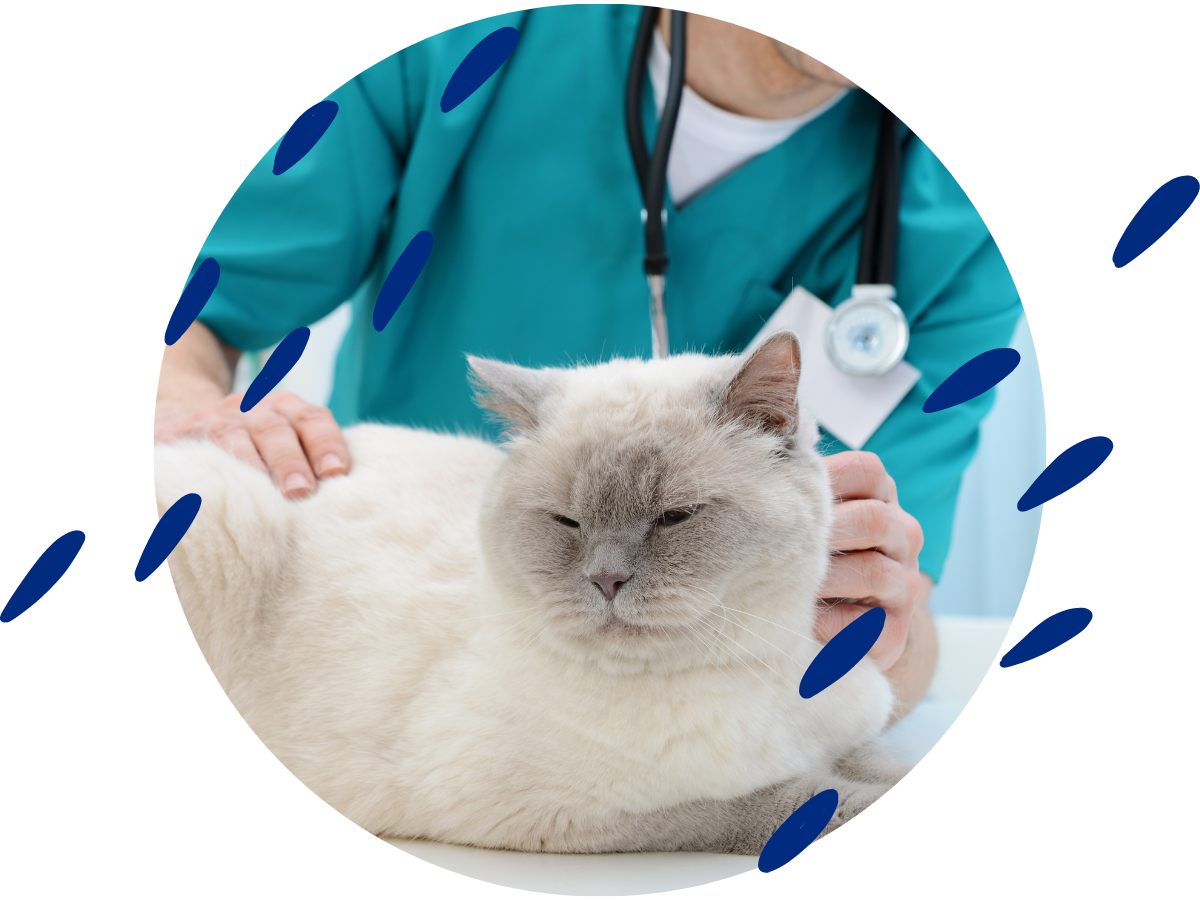Compassionate Pain Management in Geriatric Dogs and Cats

Compassionate Pain Management in
Geriatric Dogs and Cats
Agreement is easily reached that preservation of quality of life is the primary goal during the final months and years of our pets’ lives. Based on our practice, we believe that the daily life experience of our elderly patients improves if their pain is lessened. Alleviation of pain requires recognition of pain, followed by attempts at modification of pain. Ultimately, treatment is shaped over time by the evaluation of response to therapy.
In the home environment, pain most often is recognized in association with behavior change. Behavioral indicators of discomfort may include:
- Diminished exercise tolerance, or diminished overall activity levels (“sleeping more”)
- Difficulty standing, walking, rising; difficulty climbing/descending stairs; difficulty jumping; loss of agility on slick flooring
- Loss of housebreaking or other alterations in patterns of urination/defecation
- Withdrawal from social interactions, disinterest in play
- Feline specific: decreased grooming behaviors; loss of appetite; fewer attempts to jump or missed jumps; constipation; preference for minimal handling/seeming grumpy
Once owners note behavior changes at home, patient evaluation in the exam room is critical. Hands-on assessment and direct communication allow our veterinary care providers to partner with you in delivering an effective plan for pain relief. Current pain management strategies are not limited to traditional medications. Adjunct therapies such as acupuncture, cold laser treatments, physical therapy (PT), and nutraceuticals are essential to our medical approach, in addition to weight management and the personal touches only a caregiver can provide. A successful integrated pain relief plan allows the patient to benefit from appropriate medical therapy, nonpharmaceutical options, and individualized environmental changes to provide safety and comfort in the home.
